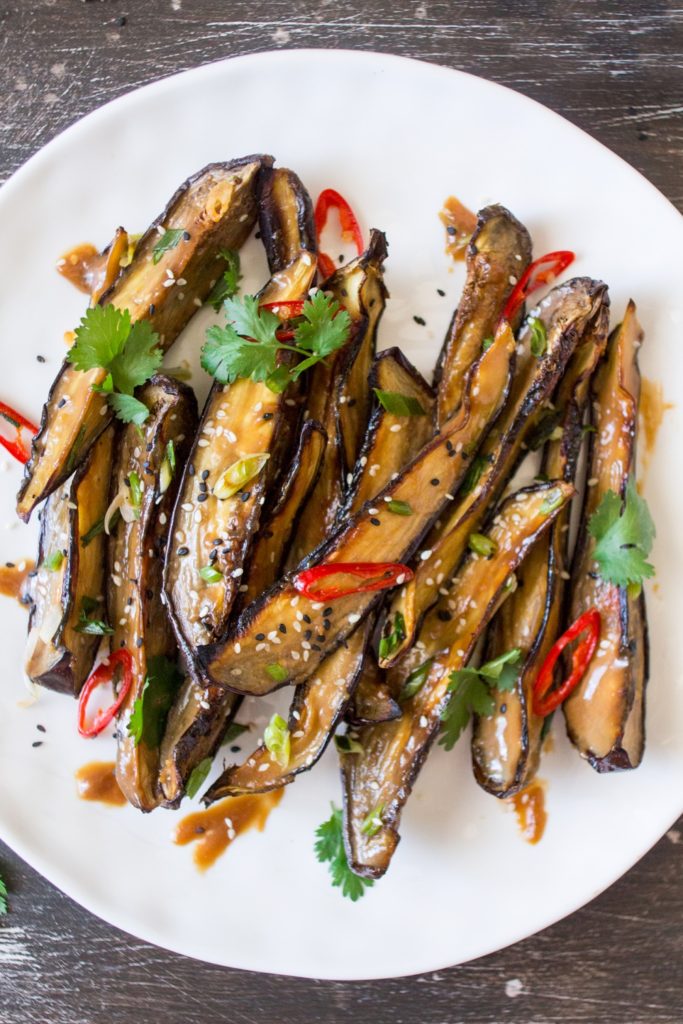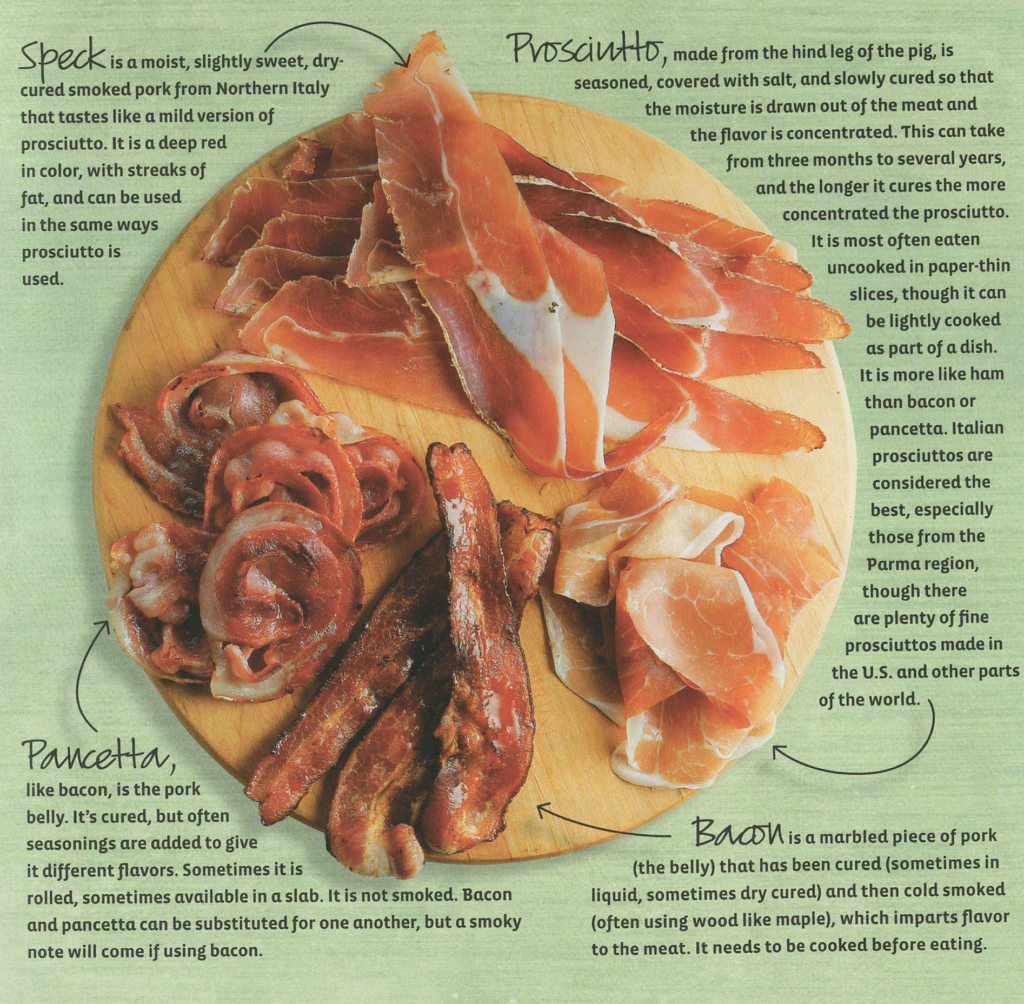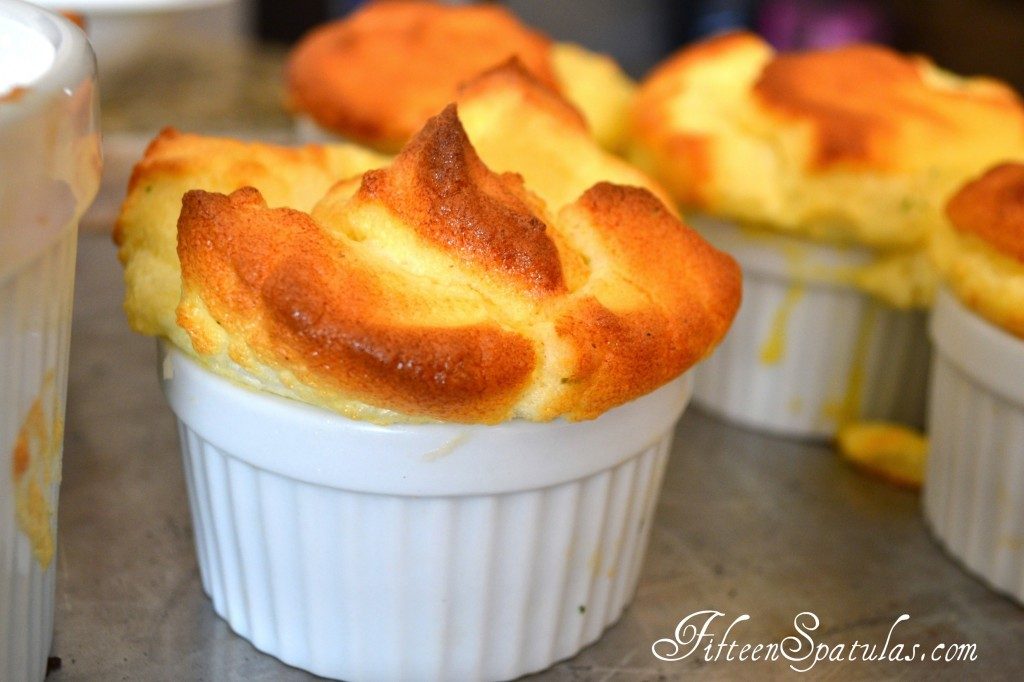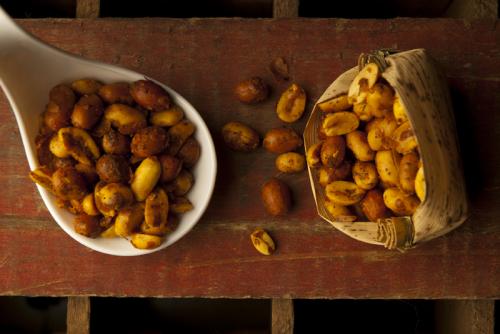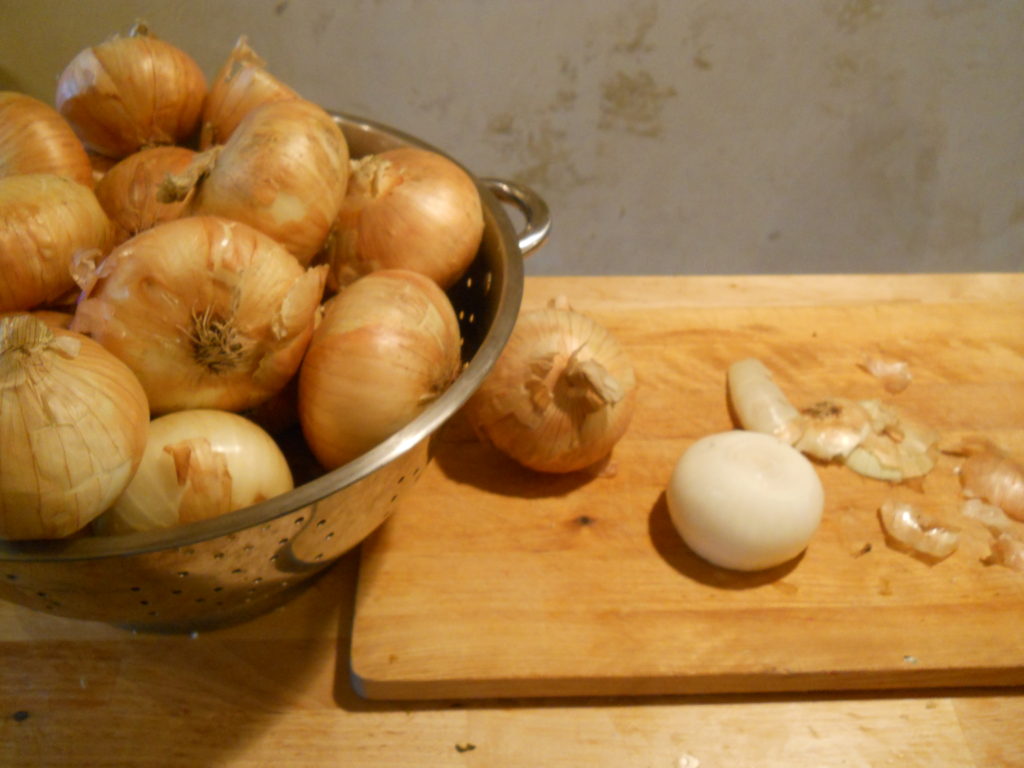To do something different with chickpeas, roast them as a snack. Drain 1 can (15 oz.) chickpeas and toss with 2 tsp. olive oil and 1 1/2 tsp. Cajun seasoning. Bake at 375°F until dry and golden, 35 to 40 minutes. Let cool completely so they get crisp. For a Mexican flavor, replace the Cajun seasoning with 1 tsp. chili powder, 1/2 tsp. ground cumin, and 1/8 tsp. cayenne pepper.
For beef burritos with a little more oomph, use a combination of browned ground beef and refried beans. Brown 1/2 pound ground beef in a skillet then add 1 can (16 oz.) refried beans. Cook for 3 to 4 minutes then stir in 3/4 tsp. ground cumin, 3/4 tsp. dried oregano, and 1/4 C. salsa. Bring to a simmer, then add 1 C. shredded sharp cheddar cheese. Stir to melt. Fill four flour tortillas to make burritos. Or serve warm as a dip.
To fill out a Mediterranean-style pasta dish, add white beans. For instance, boil 1 pound oricchiette or other small pasta until just slightly firm. While the pasta cooks, sauté 2 tsp. finely chopped onion in 1/4 C. olive oil for 2 minutes, then add 1 minced garlic clove and 1 tsp. crumbled dried rosemary. Cook for another 30 seconds. Add 1 undrained can (6 oz.) oil-packed tuna and mix well. Cook for another minute. Add 1 C. drained canned cannellini beans and season with 1 tsp. chopped fresh parsley, 1/4 tsp. salt, and 1/8 tsp. freshly ground black pepper. Heat through and toss with the hot pasta.
To build quesadillas into a more satisfying snack, add black beans. Mix together 1 drained can (15 oz.) black beans, 1/2 C. salsa, 1 tsp. chili powder, and a squirt of lime juice, mashing half of the beans. Spread onto cheddar cheese-topped tortillas in a skillet, cook until browned on the bottom, and fold over before serving.
To stir up a snappy island-style salsa, combine 1 drained can (15 oz.) black beans, 1 can (8 oz.) crushed pineapple, 1/2 C. seeded, chopped red bell pepper, 1 tsp. Jerk seasoning, and a squirt of lime juice.
To make a tabbouleh salad more substantial, stir in some chickpeas along with the cooked bulgur, fresh lemon juice, olive oil, tomatoes, garlic, and parsley.
For a new take on tuna melts, combine 2 drained cans (6 oz. each) tuna, 1 drained can (14 oz.) small white beans, 1/3 C. low-fat creamy Italian vinaigrette, 2 tsp. sliced black olives, 2 sliced scallions, and 2 tsp. chopped fresh parsley. Sandwich the filling between bread slices and provolone cheese before toasting on a buttered griddle.
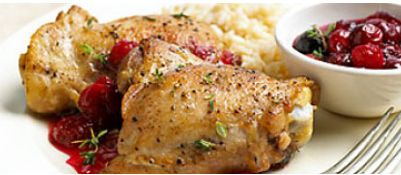 8 small chicken thighs or breasts (2 to 2-1/4 lb.), skinned
8 small chicken thighs or breasts (2 to 2-1/4 lb.), skinned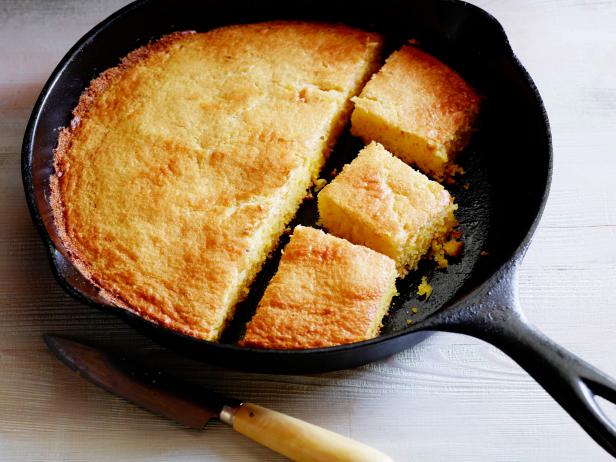
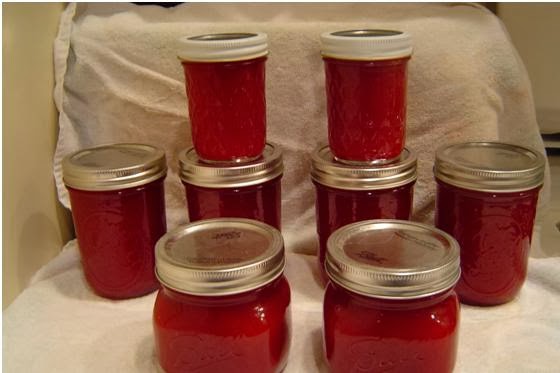
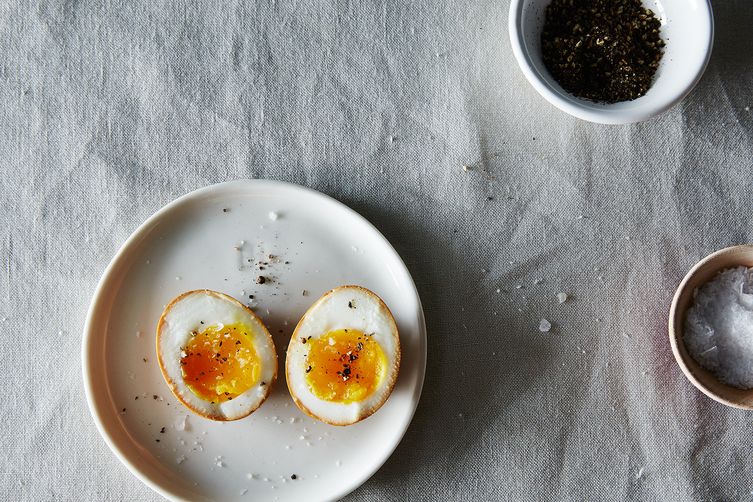
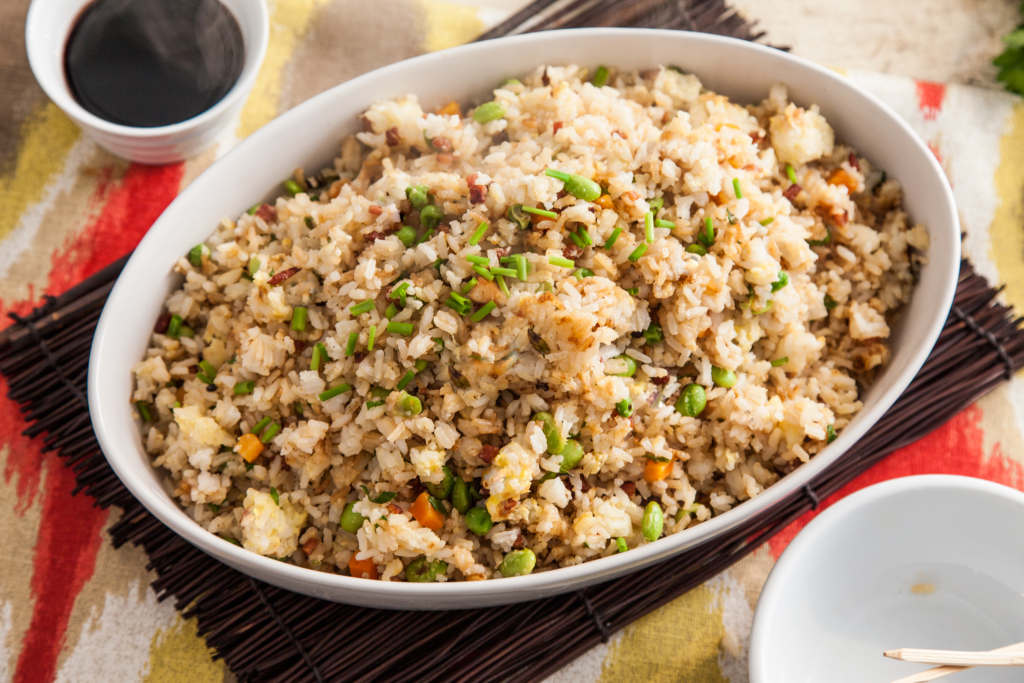
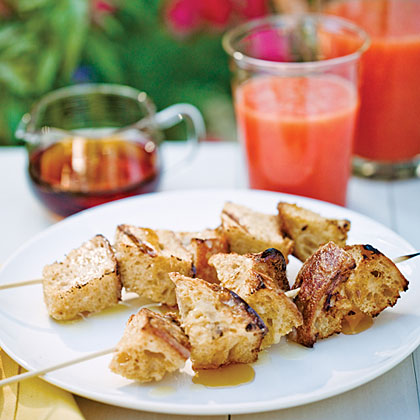

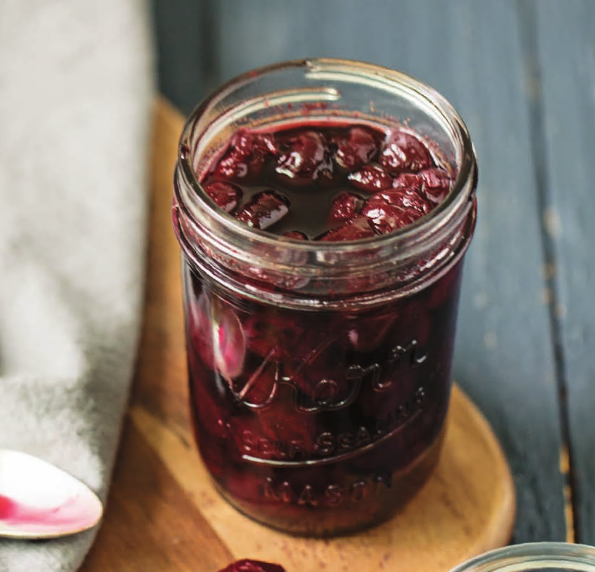



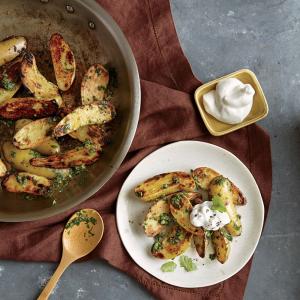
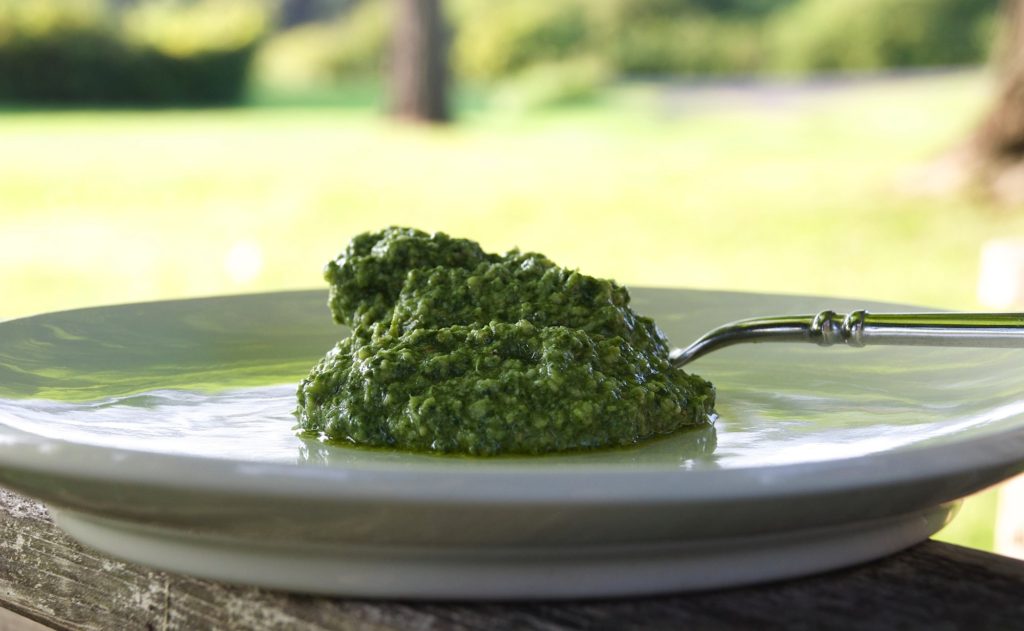
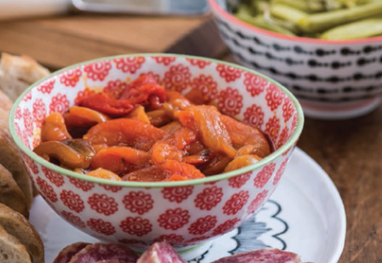

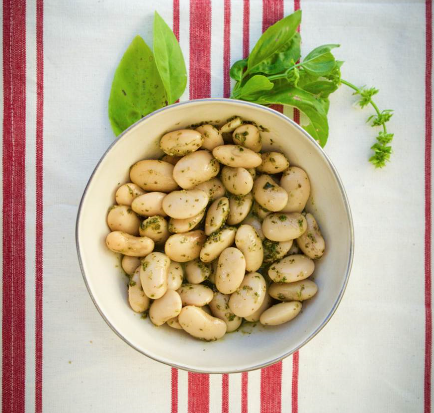
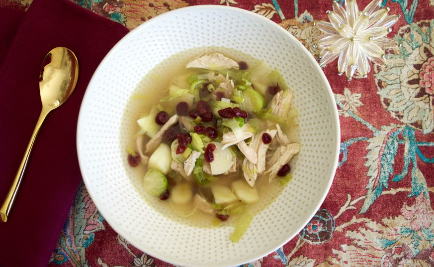
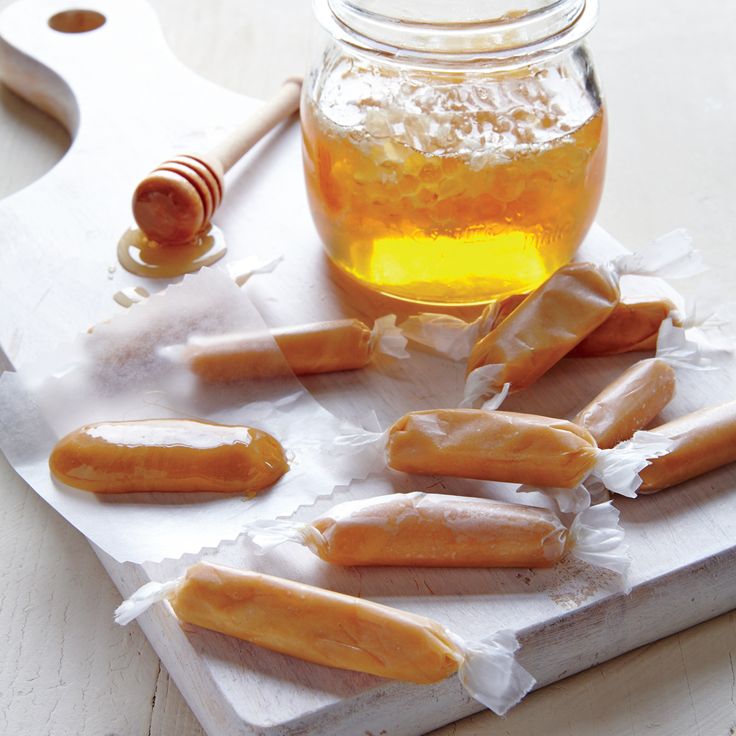
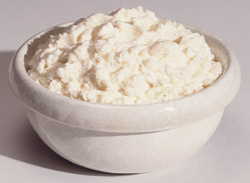
 Savory Butternut Tart with Bacon & Cheese
Savory Butternut Tart with Bacon & Cheese
